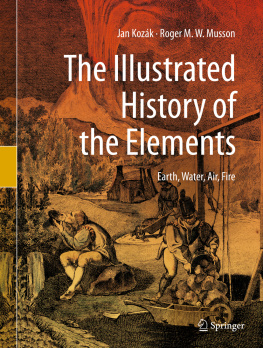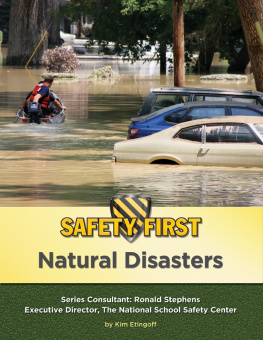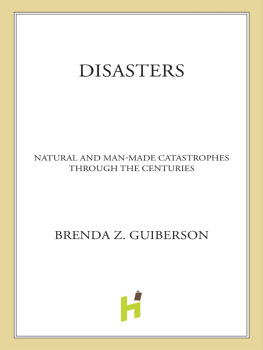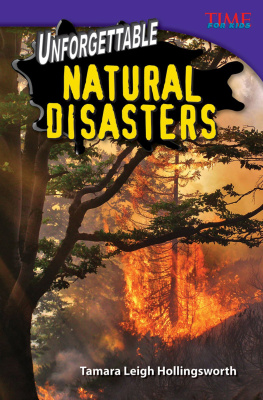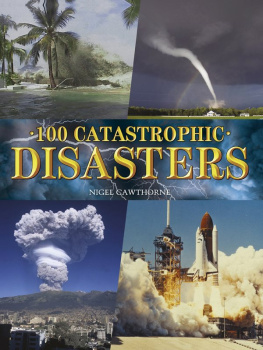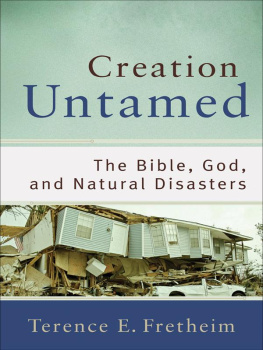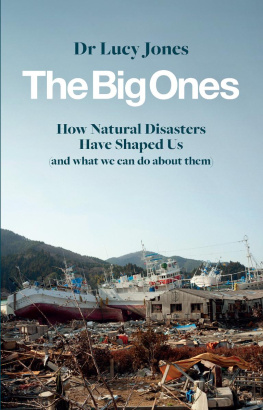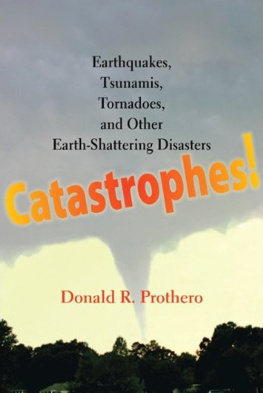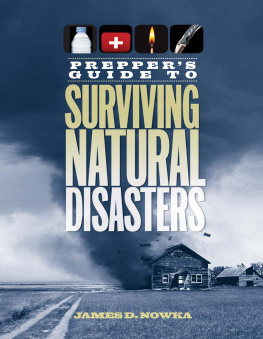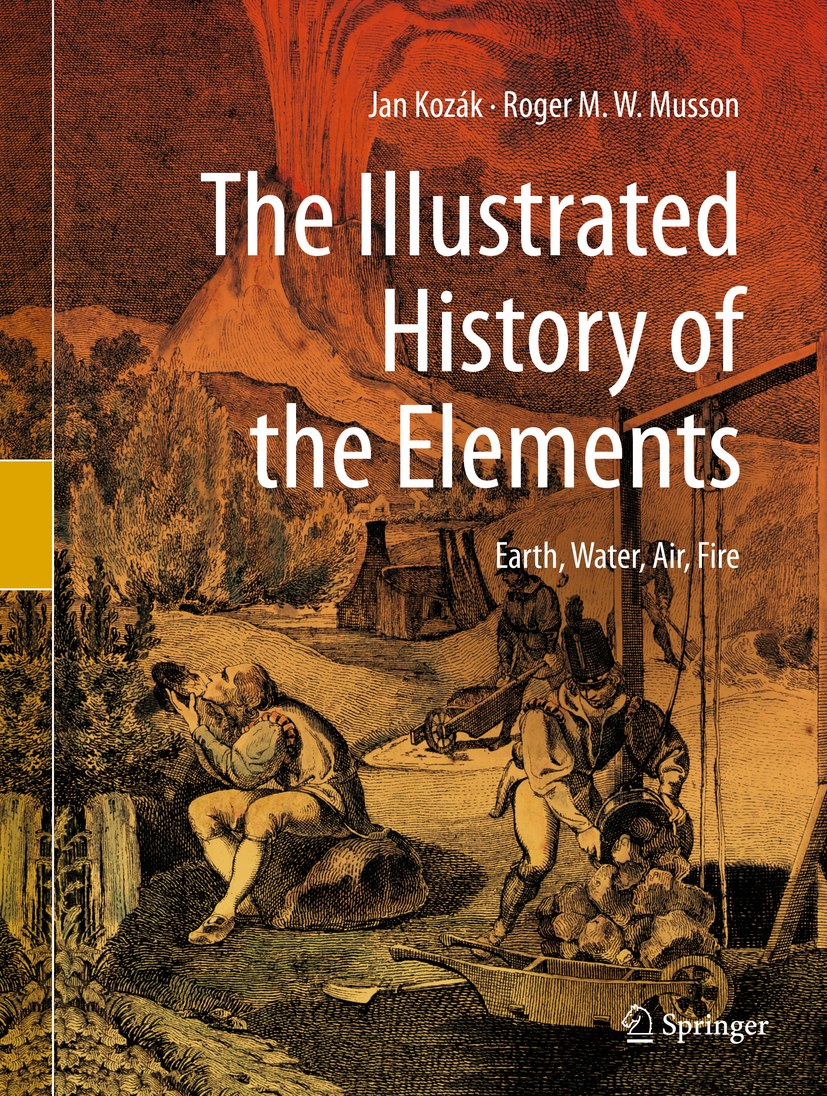Jan Kozk
Institute of Geophysics, Academy of Sciences of the Czech Republic, Prague, Czech Republic
Roger M. W. Musson
School of Geosciences, Edinburgh University, Edinburgh, UK
British Geological Survey, Edinburgh, UK
ISBN 978-3-030-21424-1 e-ISBN 978-3-030-21426-5
https://doi.org/10.1007/978-3-030-21426-5
Springer Nature Switzerland AG 2020
This work is subject to copyright. All rights are reserved by the Publisher, whether the whole or part of the material is concerned, specifically the rights of translation, reprinting, reuse of illustrations, recitation, broadcasting, reproduction on microfilms or in any other physical way, and transmission or information storage and retrieval, electronic adaptation, computer software, or by similar or dissimilar methodology now known or hereafter developed.
The use of general descriptive names, registered names, trademarks, service marks, etc. in this publication does not imply, even in the absence of a specific statement, that such names are exempt from the relevant protective laws and regulations and therefore free for general use.
The publisher, the authors, and the editors are safe to assume that the advice and information in this book are believed to be true and accurate at the date of publication. Neither the publisher nor the authors or the editors give a warranty, expressed or implied, with respect to the material contained herein or for any errors or omissions that may have been made. The publisher remains neutral with regard to jurisdictional claims in published maps and institutional affiliations.
This Springer imprint is published by the registered company Springer Nature Switzerland AG.
The registered company address is: Gewerbestrasse 11, 6330 Cham, Switzerland
Foreword
The word elemental carries a strong connotation of basic and primordial forces of nature. It can also evoke a vision of the ancient Greek elements of Air, Earth, Fire, and Water. And we all have strong reactions to the concept of disaster. In the following fascinating pages you will find almost 250 of those visions illustrated and interwoven with significant events in human history. Most of the images are from Jan Kozaks Collection in Prague. While many of the events, artists, and historical authors are little known today, they have great value as evocations of disastrous events as seen by then-contemporary artists and writers. Above and beyond the sad and sobering aspects of natural disasters, Kozak and Musson have been able to illustrate and interpret a wide variety of events that resonate with human history and our understanding of how our planet operates.
An important aspect of this book, soon to be evident to the reader, is that the illustrations are far more than pretty or arresting pictures. They have the power to transport an attentive viewer back in time. We actually see portrayals of Earthly disasters in the context of their time. The text helps us understand specific points, but the images themselves virtually jump out from the past to immerse us in worldviews of the particular era.
As you view the striking images and read the informative text, you will experience a chronological and topical tour of artwork and narratives that illuminate the evolution of efforts to portray elemental Earth processes in action. There will be potent visual impacts, but readers attuned to the expansion of rational analyses of natural events will also find a rich introduction to the history of geological ideas. Many of the featured artists and naturalists are obscure today, but they made incremental contributions of significance. The power of observation, exemplified in the illustrations, served as a base for reasoned interpretations that aided the development of the earth sciences.
The Earth itself is restless. Processes of tectonism and gravity generate earthquakes and landslides that have wreaked havoc on many humans. Such power and horrific effects have caused people to seek answers, often through religious explanations. Why us? Why there? Why then? In due course, attempts were made to comprehend these mysteries, using the tools and reasoning of science. This book will take you on an insightful trip through art and narrative in the years prior to modern photography. You will watch humans, from the Middle Ages to 1906, attempt to artistically capture the essence of catastrophes and to then understand how a stable Earth could turn so unstable.
Water, as Lao Tsu told us, is ever soft but ever powerful. The raging power of floods, storms, and tsunamis has shaped history and impacted humans across the centuries. Visions of Noahs flood have had a huge impact on Western thought, and subsequent floods, tsunamis, and whirlpools have impacted people physically and psychologically over the years. Kozak and Musson document a number of those events and provide insight into the evolution of ideas about their nature.
Air is certainly our friend, except when its not. The friendly, warm, still air that is the base of our metabolism can turn distinctly unpleasant when hurricanes lash our shores or tornadoes roar across the plains. Artists have depicted dangerous winds and such atmospheric visions as auroras, comets, and meteors. In addition to the mechanical power of wind, past visions of air as a carrier of disease (malaria and plagues) have received artistic and scholarly attention.
Fire is in the news in our own time, as climate change impacts the strength and frequency of forest fires. But its searing power was portrayed long ago, as Lot tried to escape from Sodom and as volcanoes erupted around the world throughout history. Human-generated fire also has a long record of catastrophe. Chapter introduces many examples of fires through history, discusses various sparking causes, and illuminates artistic responses to elemental fire.
The appeal and power of this collection is multifaceted. Historians of art will see not only striking visions but also the evolution of pictorial practices, from woodcuts to copperplate engravings to the onset of the photographic era. Anyone interested in the sciences, particularly those devoted to understanding the Earth, will be treated to a graphic (literally and figuratively) view of the onset and evolution of rational explanations for what were long considered dark mysteries. And, happily, there are rewards for the casual reader. Not only can he or she view some amazing pictures and learn more about classic or little-known disasters, but also there is the opportunity to watch the development of interpretations of natures harsh realities blossom over the centuries from the Middle Ages to the early twentieth century.
A key feature of this compendium is that the reader/viewer can become immersed in the pictorial representations of artists who were reflecting the level of understanding of their era. Thus, a picture not only can speak to the elemental disaster being portrayed but also can also conjure up an understanding of the state of science at the time. The history of science thereby becomes an active process combining visual representation and written interpretation.
Enjoy your tour. The topics concern disasters, but the pictorial narrative is an informative delight for the eye and the mind.

